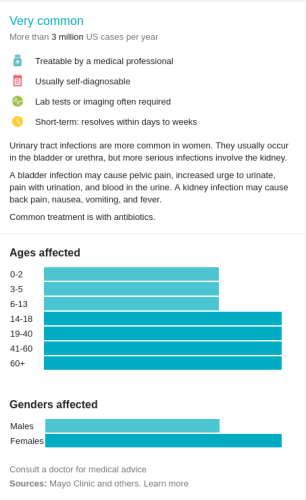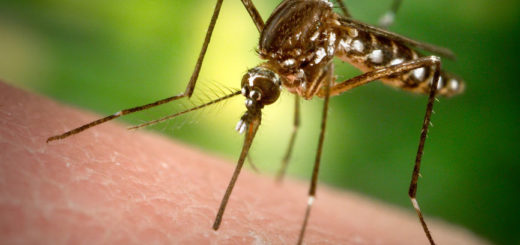What do cranberry juice, cotton panties, and peeing after sex have in common?

I treat a lot of UTIs. UTIs are urinary tract infections. The urinary tract is made up of the kidneys (which makes urine), ureters (which transfers urine to the bladder), bladder (which stores urine), and the urethra (the hole where your urine comes out). UTIs can cause burning, itching, pain, and trouble urinating. If the infection gets to your kidneys, it can make you really sick – vomiting, fever, severe pain – you name it. Close to 3% of women will get a UTI every year, and the majority will have one in their lifetime. So, it is not surprising that women will apparently do, try, and avoid ANYTHING to prevent a UTI.
The irony is that I didn’t even realize how ridiculous some of the lengths these poor women would go through to avoid an infection was until I met a girl who was particularly prone to UTIs. This actually affected her diet, her clothing and, yes, even intercourse. Maybe she was just messing with me. Maybe I was crazy. Maybe she was crazy. All were plausible. I then started asking patients whom I diagnosed with a UTI if they did things to try to avoid an infection, and almost all of them swore by at least one UTI-preventing practice.
Is there any truth to these practices?
There are some definite ways to increase your risk of an UTI. Anything that risks getting bacteria into your urethra will risk you getting an infection. The urine itself (at least before it lands in your filthy toilet) is sterile, but a battlefield full of bacteria surrounds the urethra. There are a lot of other, far dirtier holes right next to your urethra. It’s the biologic equivalent of having a toilet next to your kitchen sink. If you don’t keep it clean down there, you can get a UTI. If you have intercourse, you can get a UTI (they’ve actually compared people who do to those who do not have intercourse and there is a definite increased risk). Using a diaphragm increases the risk of UTIs.
For pretty much everything else, there is no good evidence. The best study out there is by Foxman and Frerichs, and was done in 1985 comparing 44 cases (people with aninfection) to 181 controls (people without an infection). The study often says “there was a positive association with [enter random activity]” merely promoting a lot of the myths passed around on online message boards. But, if you look at the actual numbers, none of the associations they found were statistically significant! (If you like statistics, these associations had positive relative risk, but a confidence interval that clearly crossed 0). Here’s what they found:
Diet: NONE of these made a difference: Cranberry Juice, Vitamin C, Soda, vegetarian diet, orange juice, garlic, ginger, chile peppers, beer, wine, liquor, tea, coffee, milk.
Clothing: there was no difference in cotton panties, synthetic panties, pantyhose, jeans, pants, or slacks.
Urinating habits: there was no difference in women who urinated more or less than 5-6 times a day, waited more than an hour to urinate, hesitated to excuse themselves to urinate, urinated <30 minutes before intercourse, or urinated <15 minutes after intercourse.
In summary, like they taught you in that awful sex ed class once upon a time, abstinence is the answer. Short of that, do, wear, eat, and pee pretty much whatever and whenever you want. Obviously this only applies to preventing UTIs and is a terrible maxim in any other aspect of life.
Betsy Foxman, Ralph Rerichs. Epidemiology of Urinary Tract Infection: II. Diet, Clothing, and Urination Habits. AJPH 1985, 75(11): 1314-1317.




Your Thoughts